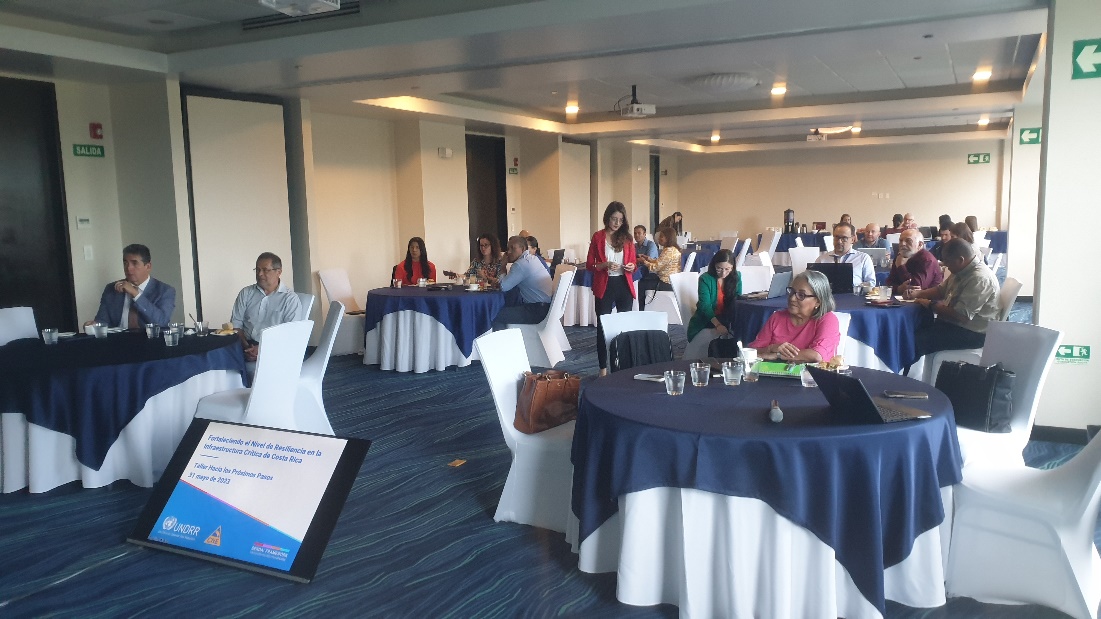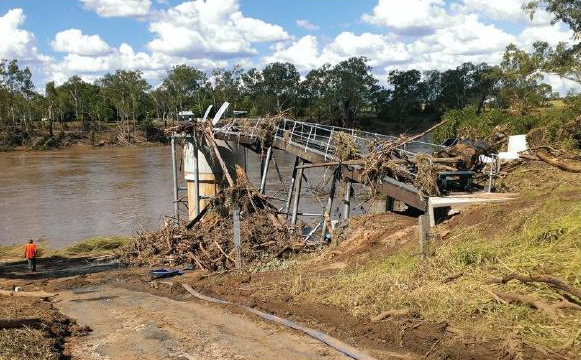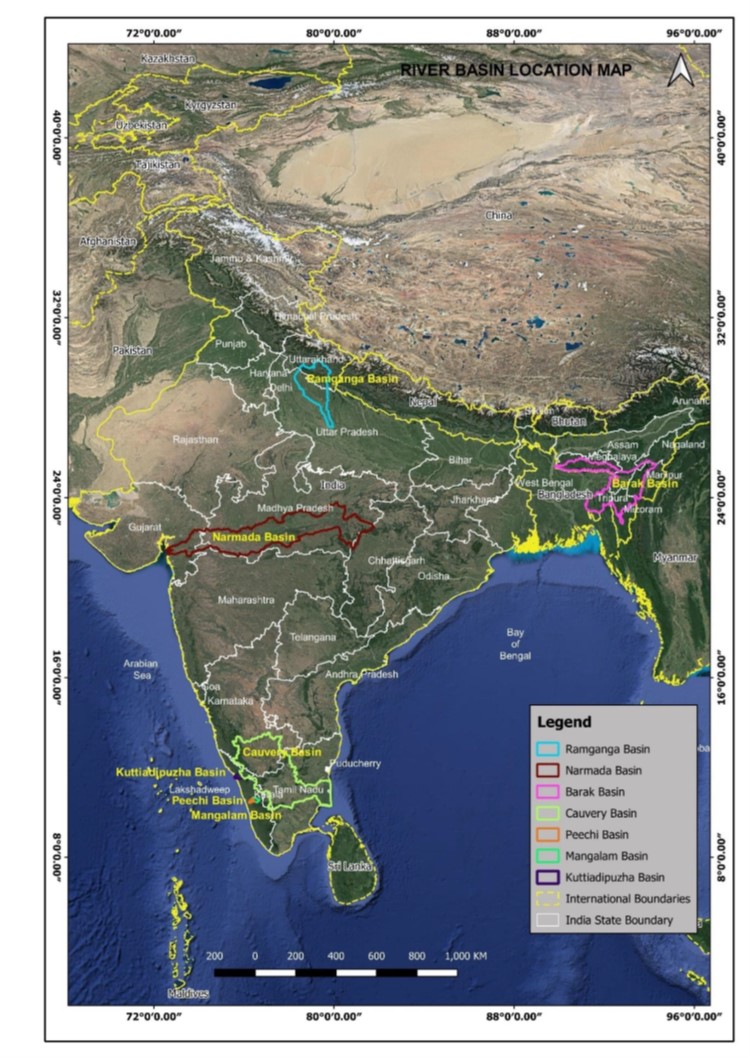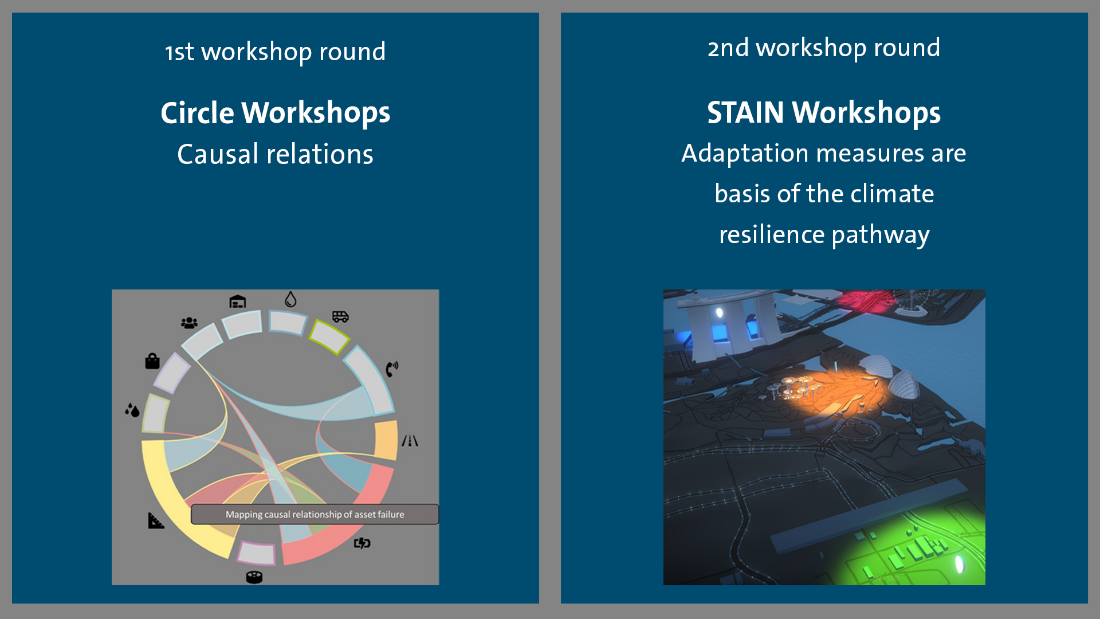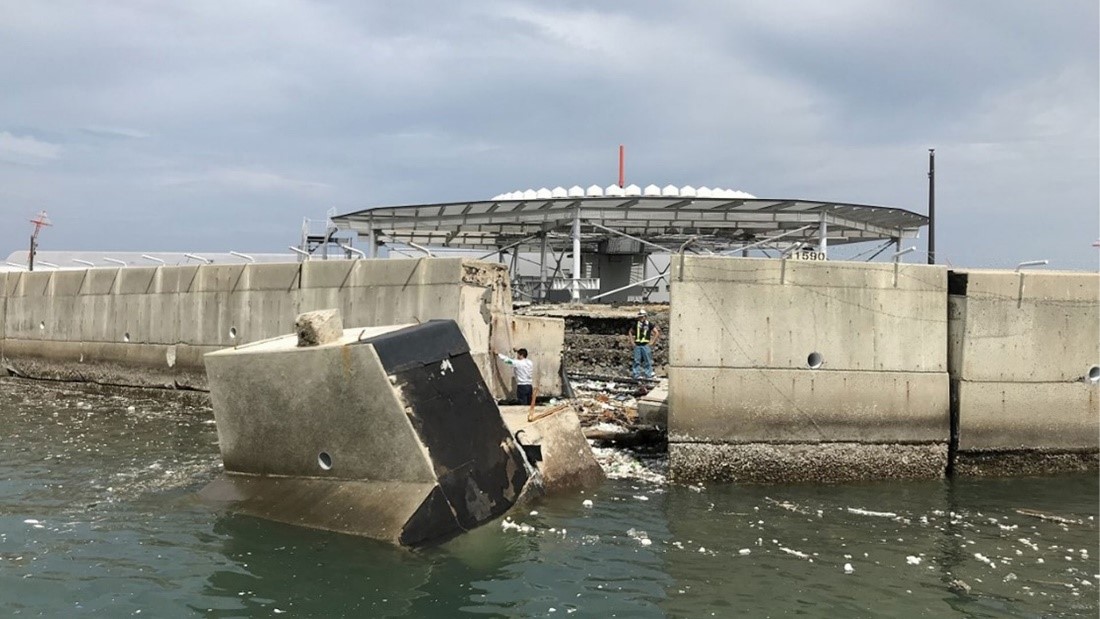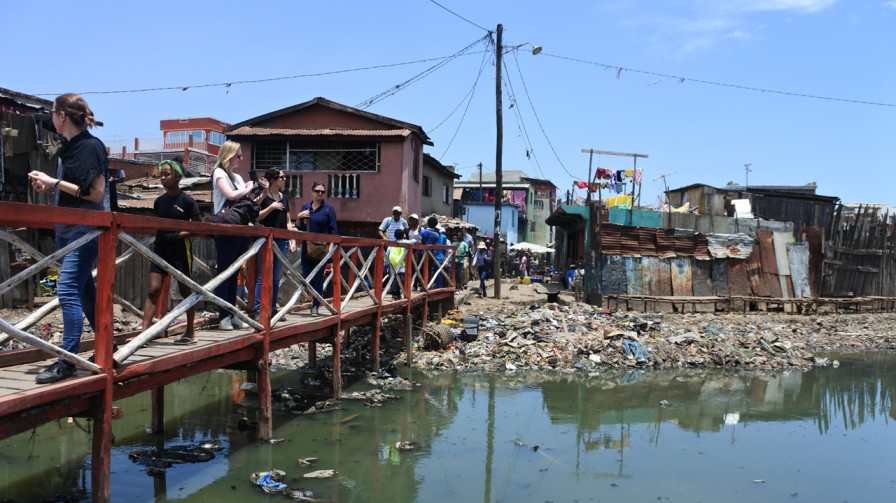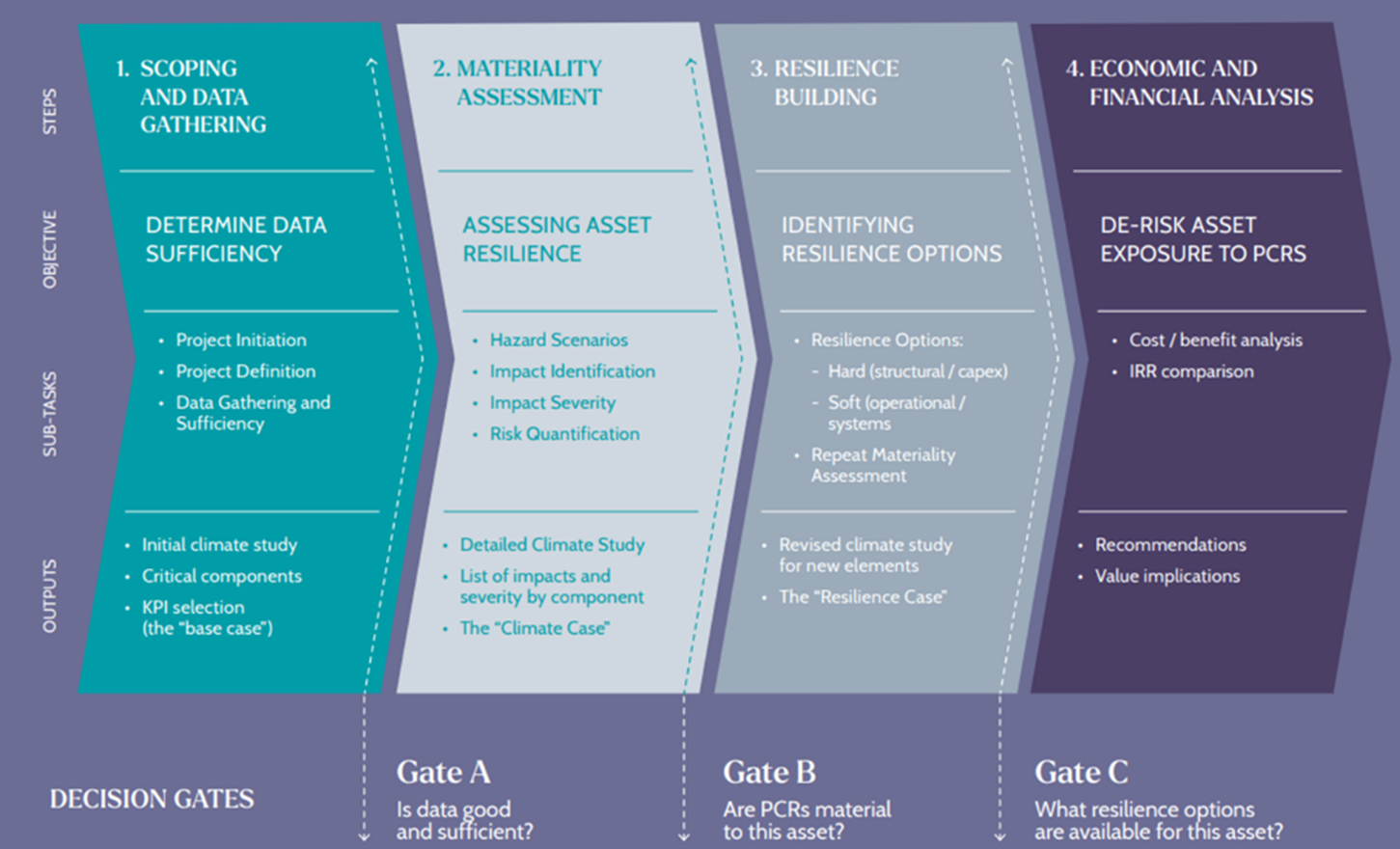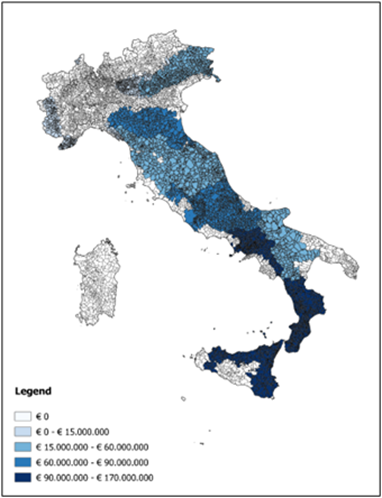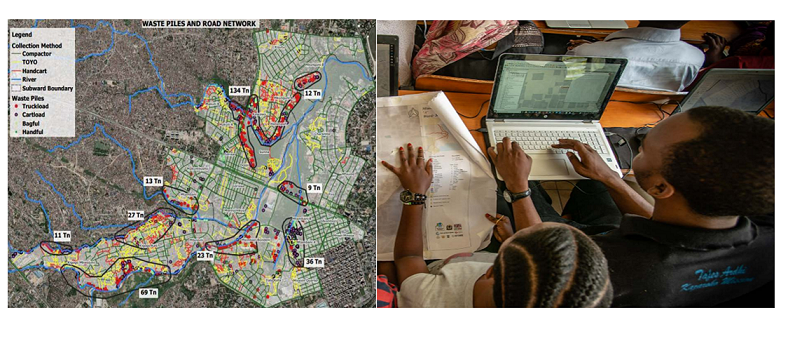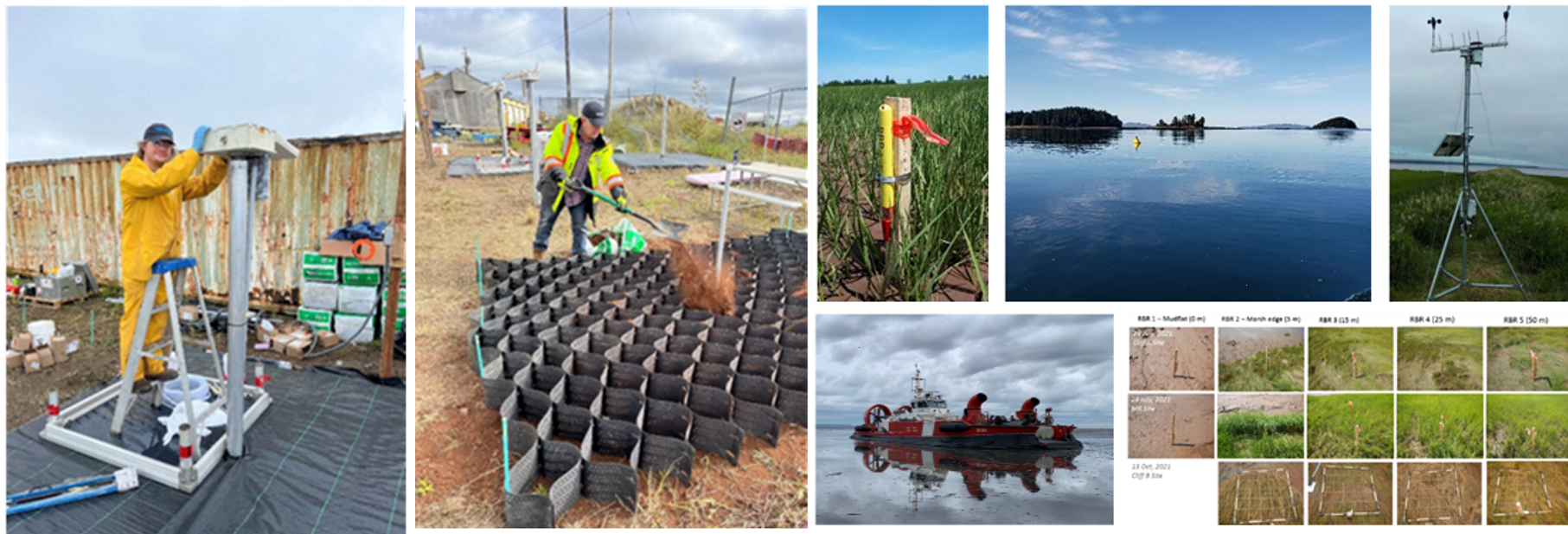Developing critical infrastructure with adequate capacity to cope with disasters is a fundamental aspect of improving national resilience. The integration of disaster risk management and resilience in infrastructure policies and investments is essential to ensure sustainable development of countries and communities.
Improving infrastructure resilience protects development by avoiding losses. In Costa Rica, direct losses in the infrastructure sector reached up to US$ 820 million during 2016-2020, increasing almost 266% from the previous five-year period (CNE, 2021). Among the actions to protect its infrastructure, Costa Rica is strengthening its critical infrastructure resilience against multiple hazards using the Principles for Resilient Infrastructure guiding framework. Costa Rica used the principles to assess the current state of critical infrastructure by identifying gaps and vulnerabilities, as well as setting priorities for action. Data from eight sectors were collected and analysed for further action to be implemented by each sector in the short, medium, and long term.
Desk research on the status of the infrastructure in eight selected sectors was complemented with interviews with representatives from the Education, Health, Electricity, Railroad, Roads and Bridges, and Postal Service sectors. Using this information, the infrastructure sectors were assessed following the Principles for Resilient Infrastructure and key actions were identified with the potential to improve the resilience of the infrastructure as a system. A participatory workshop with representatives from the eight sectors built upon this analysis to share strategies, identify actions to be undertaken and promoted communication and knowledge sharing between sectors. The systemic approach underpinning the principles enabled a systemic perspective building towards initiatives already in place by some sectors and facilitated identification of potential interventions, some of them easy to implement in the short term. Furthermore, the CNE expressed the intention to link this process to their yearly Risk Forum to encourage and monitor progress, as well as to promote further peer-to-peer collaboration. Overall, this process contributed to strengthening the coordination and cooperation among sectors, emphasizing the systemic nature of infrastructure in which dependencies between sectors could lead to cascading risks.
The project results aim to:
- Increase awareness and understanding of resilient infrastructure across eight sectors: Electric Energy, Hydrocarbons, Roads and Bridges, Railroads, Water and Sanitation, Health, Education, and National Postal Services.
- Increase understanding of which infrastructure systems may be at risk of disruption, ranging from minor inconveniences to catastrophic failure, as well as improve the understanding of inter-dependencies among infrastructure systems.
- Resilience is mainstreamed as a core value in the planning and implementation of infrastructure projects.
- Resilience of critical services is established through compliance with standards and targets. Resilience is incorporated into policy and investment decisions with a ‘think resilience’ approach.
- Infrastructure is more resilient, leading to long-term savings and risk reduction.








